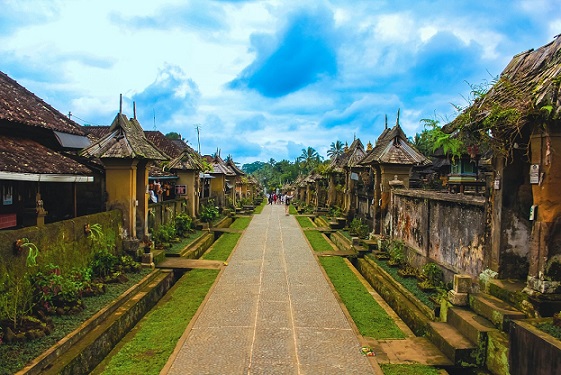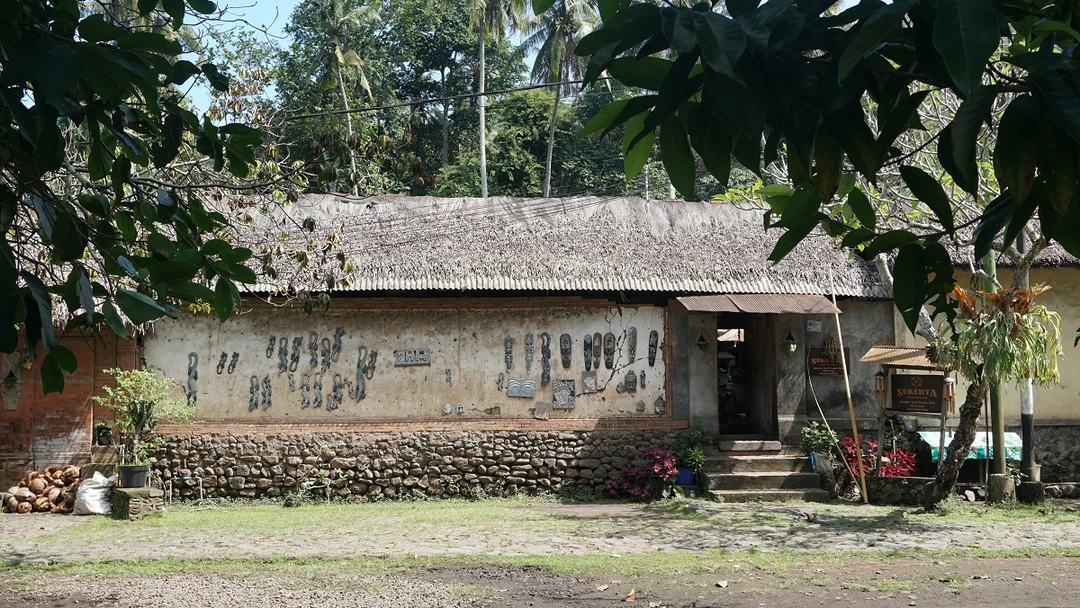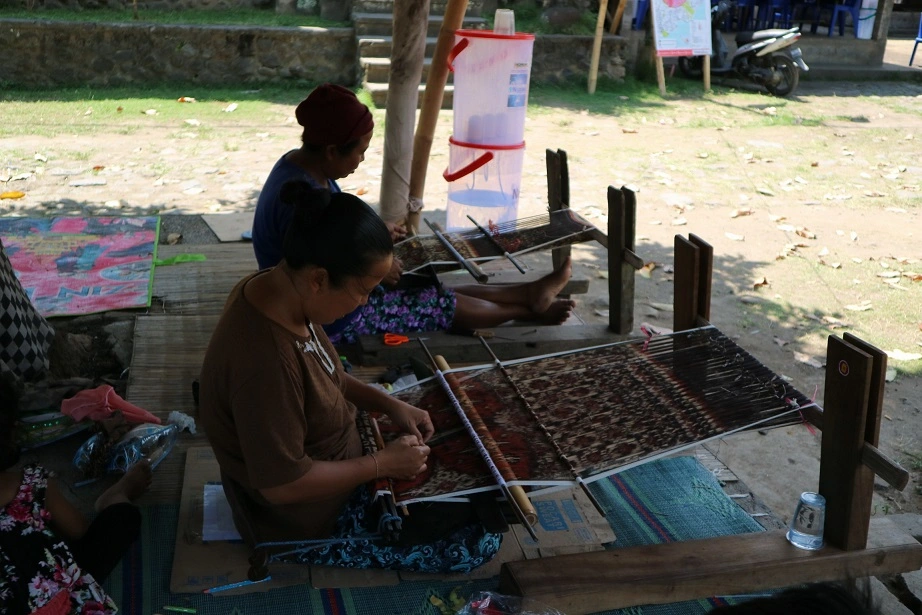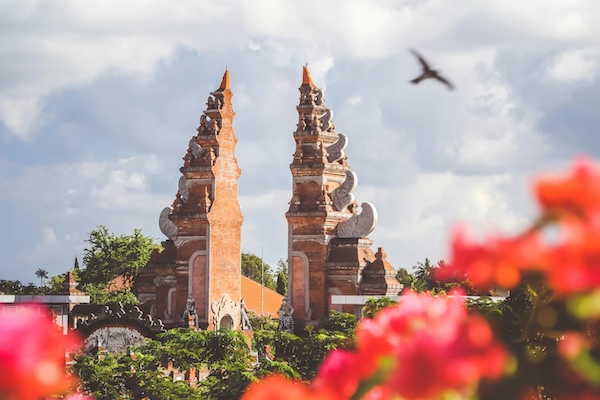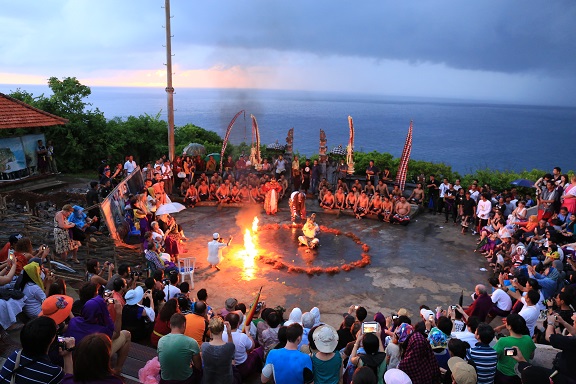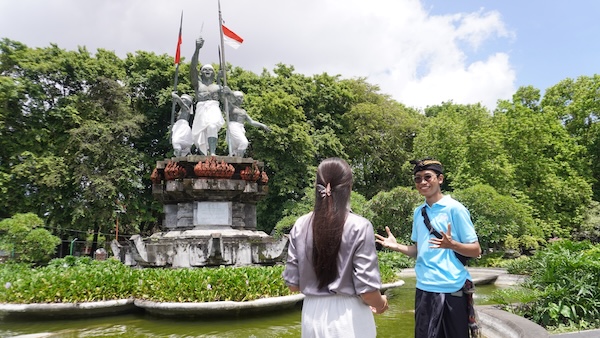Want to know Bali on a deeper level? Explore the island’s lesser-known Balinese traditional villages, where the heartbeat of Bali’s heritage, culture, and lifestyle is preserved. Away from crowded spots, these villages offer a look into Bali’s roots, where ancient traditions are still part of daily life. Here’s your ultimate guide to three Balinese traditional villages that’ll give you a different Bali experience—no filter needed.
Tenganan Village: Discover Bali Aga’s Ancient Vibe
Tenganan Village is one of the few remaining Balinese traditional villages that keeps the Bali Aga culture alive. Moreover, it is known for its strict customs and unique way of life. This village has roots that go back to pre-Hindu Bali, making it a rare find for travelers who want to experience authentic Bali. Additionally, the Tenganan community’s “awig-awig” rules prohibit polygamy and divorce, reflecting their commitment to traditional values.
- Things to Do Here
Stroll through Tenganan Village, one of Bali’s iconic Balinese traditional villages, and observe locals weaving unique gringsing fabrics—exclusively made here and believed to hold mystical powers. Beyond fabrics, discover beautiful carvings and intricate palm leaf paintings reflecting the villagers’ artistic heritage. Engage with residents eager to share stories and local wisdom. In June, witness the Mekaré-kare (pandan war) festival, where villagers duel with pandan leaves in a lively celebration of cultural heritage and ancestral pride.
- How to Get There
Tenganan Village is located in Karangasem Regency, approximately 1.5 hours from Ubud and about 2 hours from Kuta.
- Travel Tips
Visiting during a festival adds a richer cultural experience, but remember to dress modestly and respect local customs. Refrain from actions that might be considered disrespectful, as the villagers highly value their traditions and heritage.
Pause and take a look at this: Get to Know Tenganan Village: Bali’s Cultural Time Capsule
Trunyan Village: A Unique Burial Tradition You Won’t Forget
Trunyan Village stands out among Balinese traditional villages due to its unconventional burial customs. Instead of burial or cremation, locals place their deceased under the sacred Taru Menyan tree, which uniquely neutralizes any odors—a tradition that fascinates travelers seeking insight into Bali’s cultural diversity. Specifically, the area where these bodies rest is known as “Sema Wayah,” one of three cemeteries in Trunyan. Additionally, the other two, Sema Muda and Sema Bantas, each hold distinct cultural significance. Moreover, nearby, the Pura Dalem (Dalem Temple) sits on the lake’s edge, offering a sacred site where locals and visitors often come to pray, making it another intriguing part of these Balinese traditional villages.
Lihat postingan ini di Instagram
- Things to Do Here
Explore the burial site at Sema Wayah, where you can witness this rare cultural practice and learn about the Taru Menyan tree’s important role in the village’s customs. The journey to Trunyan Village itself is a peaceful boat ride across Lake Batur, providing scenic views of the surrounding landscape. Visit Pura Dalem to see villagers uphold traditions at this lakeside temple, enhancing your experience of Balinese traditional villages. - How to Get There
It takes about 2 hours to reach Trunyan by car from Ubud, and around 3 hours from Kuta. Take a boat from Lake Batur to reach Trunyan Village, which accessible only by water.
- Travel Tips
Be mindful of local customs and avoid photos at the burial site without permission to ensure a welcoming experience.
Penglipuran Village: The Cleanest Village for a Classic Bali Experience
- Things to Do HereTake a walk through the Balinese traditional villages, specifically Penglipuran’s tidy alleyways, lined with traditional homes that are picture-perfect from every angle. Additionally, visit the nearby bamboo forest, a peaceful retreat with fresh air and lush greenery showcasing Bali’s natural beauty. Moreover, engage with friendly locals who are happy to share stories of their daily life and the efforts they take to maintain the clean, organized look of their Balinese traditional villages while practicing Tri Hita Karana.
- How to Get There
Penglipuran is about a 45-minute drive from Ubud and around 1.5 hours from Kuta.
- Travel Tips
Visit Penglipuran in the morning for calmness and to capture stunning photos of this well-organized Balinese traditional village. Additionally, keep the area clean, follow eco-friendly practices, and help preserve the serene charm of these Balinese traditional villages. By doing so, you contribute to maintaining the village’s natural beauty and harmony.
Take a moment to explore this: Discover the Real Bali Vibes at Penglipuran Village
Effortlessly Explore Bali’s Heritage Villages with Kura-Kura Bus
Make your journey through Balinese traditional villages stress-free by booking with Kura-Kura Bus. For instance, those interested in visiting Tenganan Village can join the Mother of Temple Besakih and Karangasem Tour, which covers this unique destination along with other highlights in Karangasem, offering an in-depth experience of Balinese traditional villages. Similarly, for Penglipuran Village, the Highlight of Bali Tour provides a direct, hassle-free route to explore these enchanting Balinese traditional villages.
Conclusion: Embrace Authentic Bali in Its Traditional Villages
These Balinese traditional villages offer a window into Bali’s authentic, everyday life—far beyond the usual tourist spots. Tenganan brings visitors face-to-face with age-old customs, while Trunyan reveals a burial tradition that reflects its unique cultural roots. Penglipuran stands as a model of community pride and cleanliness. Ultimately, these villages aren’t just places to observe Bali’s spirit; they’re places to feel it. Therefore, immerse yourself in this genuine side of Bali, meet the people who sustain these traditions, and take home stories from Balinese traditional villages that you won’t find anywhere else. – Kura Kura Bus


